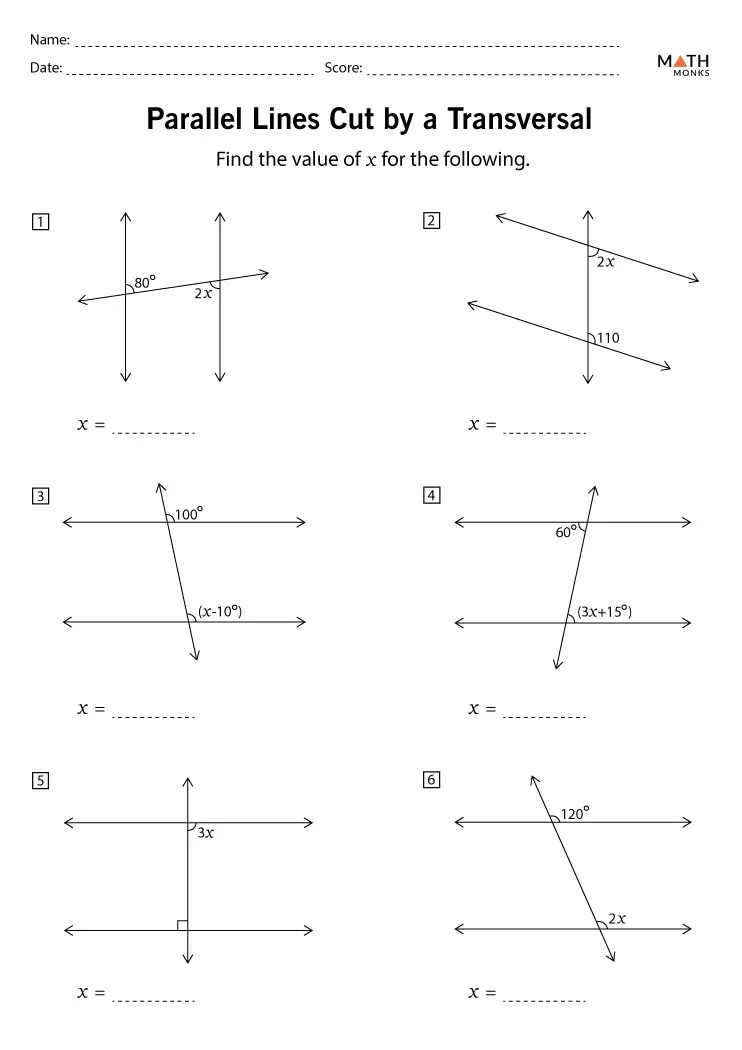Mastering the Elements of Plot Worksheet

Mastering the Elements of Plot: A Comprehensive Guide
Plot is the backbone of any story, providing the structure and narrative arc that keeps readers engaged. It’s a delicate balance of elements, each working together to create a cohesive and compelling tale. In this guide, we’ll break down the key components of plot and provide practical advice on how to master them.
Understanding the Basics: Exposition, Rising Action, Climax, Falling Action, and Resolution
Before diving into the nitty-gritty, it’s essential to understand the fundamental elements of plot. These five components work together to create a narrative arc that draws the reader in and keeps them invested:
- Exposition: Introduces the setting, characters, and situation, providing background information and context.
- Rising Action: Builds tension and conflict, creating obstacles for the protagonist to overcome.
- Climax: The most intense moment in the story, where the conflict reaches its peak and the outcome is decided.
- Falling Action: The consequences of the climax, where the story begins to unravel and the conflict is resolved.
- Resolution: The conclusion of the story, where loose ends are tied up and the protagonist’s fate is revealed.
The Inciting Incident: Sparking the Plot
The inciting incident is the event that sets the story in motion, sparking the plot and setting the protagonist on their journey. This incident should be significant, creating a ripple effect that resonates throughout the narrative. Consider the following characteristics when crafting your inciting incident:
- Unexpected: The event should be surprising, yet make sense in retrospect.
- Significant: The incident should have a profound impact on the protagonist and the story.
- Engaging: The event should capture the reader’s attention, drawing them into the narrative.
The Protagonist's Journey: Character Arc and Development
The protagonist’s journey is a crucial aspect of the plot, as it provides the emotional resonance and character growth that readers crave. A well-crafted character arc should include:
- Introduction: Introduce the protagonist, revealing their flaws, fears, and motivations.
- Inciting Incident: The event that sets the story in motion, sparking the protagonist’s journey.
- Rising Action: The protagonist faces obstacles and challenges, learning and growing along the way.
- Climax: The protagonist confronts their greatest fear or challenge, leading to a turning point.
- Resolution: The protagonist emerges transformed, having learned valuable lessons and grown as a person.
Pacing and Tension: Keeping the Reader Engaged
Pacing and tension are critical elements of plot, working together to create a narrative that’s engaging and suspenseful. Consider the following techniques to keep your reader invested:
- Vary sentence structure: Mix short and long sentences to create a sense of rhythm and flow.
- Use active voice: Engage the reader with active voice, making the narrative more dynamic.
- Create cliffhangers: End chapters or scenes with a hook, leaving the reader eager to continue.
- Build tension: Use foreshadowing, suspense, and tension to create a sense of unease and anticipation.
📝 Note: Varying your pacing and tension can make your story more engaging, but be careful not to overdo it. Too much tension can be overwhelming, while too little can make the narrative feel flat.
Plot Twists and Turns: Keeping the Reader Guessing
Plot twists and turns are essential for keeping the reader engaged and invested in the story. A well-crafted twist should be surprising yet make sense in retrospect. Consider the following tips for creating effective plot twists:
- Foreshadowing: Drop subtle hints throughout the narrative, making the twist feel earned and surprising.
- Misdirection: Use misdirection to distract the reader from the true nature of the twist.
- Red herrings: Introduce false clues or leads to keep the reader guessing.
- Surprise and revelation: Use the twist to reveal new information, deepening the reader’s understanding of the story.
Themes and Symbolism: Adding Depth and Meaning
Themes and symbolism add depth and meaning to the narrative, providing a richer reading experience. Consider the following techniques for incorporating themes and symbolism:
- Recurring motifs: Use recurring motifs or symbols to reinforce the theme.
- Imagery and description: Use vivid imagery and description to create a sensory experience that reinforces the theme.
- Character development: Use character development to explore the theme, revealing the protagonist’s growth and understanding.
Revisions and Edits: Refining the Plot
Revisions and edits are crucial for refining the plot, ensuring that the narrative is cohesive and engaging. Consider the following tips for revising and editing your plot:
- Take a break: Step away from the manuscript, allowing yourself to approach it with fresh eyes.
- Get feedback: Share your work with beta readers or writing groups, gathering feedback and insights.
- Revise and edit: Use the feedback to revise and edit the plot, refining the narrative and ensuring that it’s engaging and cohesive.
In conclusion, mastering the elements of plot is essential for crafting a compelling narrative that draws the reader in and keeps them invested. By understanding the basics, crafting a strong inciting incident, and incorporating pacing, tension, plot twists, and themes, you’ll be well on your way to creating a story that resonates with readers.
What is the most important element of plot?
+The most important element of plot is the inciting incident, as it sets the story in motion and sparks the protagonist’s journey.
How can I create a compelling character arc?
+Create a compelling character arc by introducing the protagonist, sparking their journey with the inciting incident, and using the rising action and climax to reveal their growth and transformation.
What is the purpose of pacing and tension in plot?
+Pacing and tension work together to create a narrative that’s engaging and suspenseful, keeping the reader invested in the story.
Related Terms:
- Elements of plot Worksheet PDF
- Story plot worksheets
- character, setting, plot worksheet pdf
- Free plot worksheets



